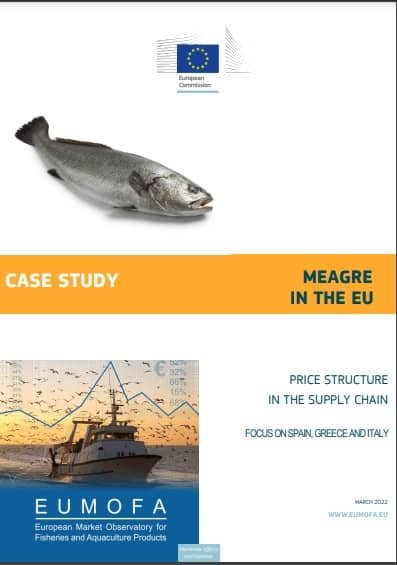EUMOFA has published the new Price Structure Analysis “Octopus in the EU”. The study analyses octopus production and market trends in the EU with a special focus on three key markets: Italy, Spain, and Greece.
While global production of octopus increased from 2008 to 2017 (+12%), EU production decreased (-40%). In 2017, EU catches reached 27.872 tonnes and accounted for 7% of world catches.
The EU is a significant importer of octopus. In 2018, Spain and Italy were the main importers from third countries, mainly receiving frozen octopus from Morocco and Mauritania. Spain was also the EU’s main exporter, with the US as the most important country of destination.
The main producing countries in the EU are Italy, Spain, Portugal, and Greece. They accounted for 90% of EU catches of octopus in 2017. They were also the Member States with the highest apparent consumption of octopus in the same year.
THE ITALIAN MARKET
In 2017, about 11% of the octopus supply in Italy came from domestic catches. The rest of the supply (89%) was imported. About 6% of the national supply was exported. Frozen products accounted for 90% of imported value and volume. Apparent consumption of octopus was estimated at 71.905 tonnes (live weight equivalent, lwe).
The retail price of fresh octopus produced in Italy and sold in Milan in June 2019 was 19,42 EUR/kg, while the first-sales price was much lower, at 7,07 EUR/kg. At the same time, thawed octopus from Morocco was imported at a price of 8,56 EUR/kg, while the retail price in Milan was more than double, at 17,99 EUR/kg.
THE SPANISH MARKET
Stay Always Informed
Join our communities to instantly receive the most important news, reports, and analysis from the aquaculture industry.
Octopus imports increased significantly for Spain between 2012 and 2018 (+71% in volume), mainly due to an increase in frozen products. Frozen octopus accounted for 97% of imported value and 95% of volume.
In 2018, frozen medium octopus landed fresh in Spain and sold frozen in Spanish supermarkets had a first-sales price of 6,30 EUR/kg (fresh product) and a retail price of 13,50 EUR/kg (frozen product).
In comparison, cooked and chilled octopus imported from Morocco and sold in Spanish supermarkets was imported for 10,05 EUR/kg, but the retail price was significantly higher, at 30,00 EUR/kg.
THE GREEK MARKET
In 2017, the Greek apparent consumption for octopus (all preservation states included) amounted to approximately 9.000 tonnes in live weight equivalent, of which 3.500 tonnes was fresh (almost 40%) and 5.400 tonnes was frozen (60%).
In recent years, the market for fresh octopus in Greece increased due to good catches while the market for frozen products, fully dependent on imports, showed a decreasing trend.
In June 2019, fresh octopus produced in Greece was sold at 7,50 EUR/kg at the first-sales stage, and retailed on the Greek market at 15,66 EUR/kg.
Reference (open access):
EUMOFA. 2020. Case Study: Octopus in the EU. 52 p
Source: EUMOFA
Editor at the digital magazine AquaHoy. He holds a degree in Aquaculture Biology from the National University of Santa (UNS) and a Master’s degree in Science and Innovation Management from the Polytechnic University of Valencia, with postgraduate diplomas in Business Innovation and Innovation Management. He possesses extensive experience in the aquaculture and fisheries sector, having led the Fisheries Innovation Unit of the National Program for Innovation in Fisheries and Aquaculture (PNIPA). He has served as a senior consultant in technology watch, an innovation project formulator and advisor, and a lecturer at UNS. He is a member of the Peruvian College of Biologists and was recognized by the World Aquaculture Society (WAS) in 2016 for his contribution to aquaculture.




